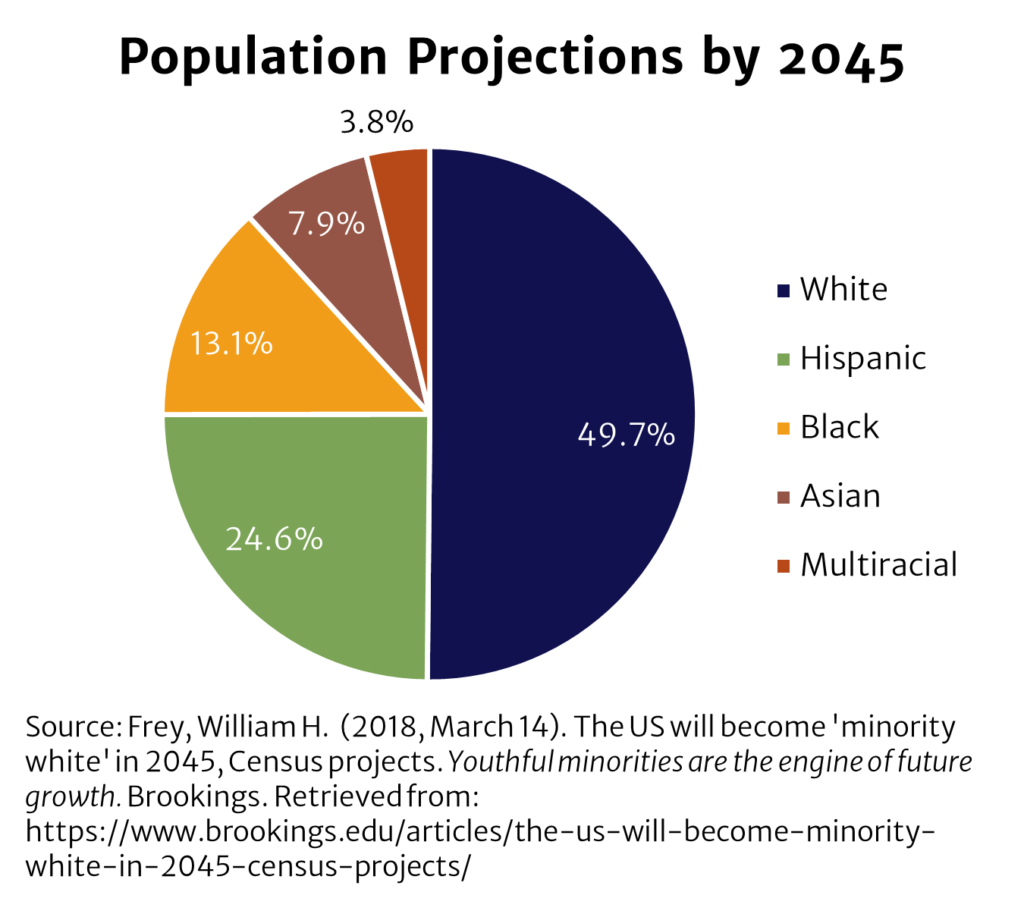Kids These Days
If we were meeting in an auditorium and I asked for a show of hands of those who have heard someone say, “Kids these days, . . .” in reference to any generation younger than themselves, I’m guessing every hand would be in the air. I, for example, have heard the following in reference to Gen Z: “Kids these days . . .
- “. . . are lazy. They don’t want to work.”
- “. . . are entitled.”
- “. . . need to be coddled.”
- “. . . are self-obsessed and addicted to tech.”
- “. . . Why can’t they just look a person in the eye and talk?”
To be sure, these statements are a reflection of frustration and unmet expectations. Employers are frustrated that previously successful communication and engagement methods no longer work with this generation. By all means, I get it. I’ve raised four Gen Zers under my roof and volunteered with hundreds. Despite being on the front lines of communication and engagement with this generation, it’s been challenging to understand the world as they see it. Equally challenging is how to bridge that communication and encourage their participation. Indeed, sometimes it’s like communicating in a foreign language, IMHO (as the kids say).
In this post, I hope the reader comes to a deeper understanding of Gen Z. In Part 2, we’ll discuss what they need from their employers, how to engage with them, and what they have to offer their employers once they’re all in.
Part I – About Gen Z
Societal Events and Shifts from 2000-2020
- The dot.com era bubble burst and an economic downturn began
- The Sept. 11, 2001, terrorist attacks launched us into a “new normal”
- Social media platforms became ubiquitous between 2005-2012
- Smartphones reached market saturation by 2011 and created a tipping point
- A second economic downturn, the Great Recession, occurred in 2008-2009
- Unemployment remained high for 12 of the first twenty years of the century
- Racial and gender polarization expanded, leading to shootings and protests
- Mental health issues rose to “front and center” over the first two decades
- Parenting styles moved from “helicopter” to “snowplow”
Gen Z is the most diverse generation in history.
The racial tapestry of the United States is changing. First, in 2020, we reached over 50% of children identifying as mixed-race or multi-ethnic. Then, between 2010 and 2020, the country’s multi-racial population grew from 2.9% to 10.2%. Finally, by 2045, the Census projects the people of the United States will look more like the following chart.
Gen Z is the most educated generation.
According to Pew Research Center, “They are less likely to drop out of high school and more likely to be enrolled in college. Among 18- to 21-year-olds no longer in high school in 2018, 57% were enrolled in a two-year or four-year college. This compares with 52% among Millennials in 2003 and 43% among members of Gen X in 1987.”[1]


Gen Z is less likely to have previous work experience.
“Only 18% of Gen Z teens (ages 15 to 17) were employed in 2018, compared with 27% of Millennial teens in 2002 and 41% of Gen Xers in 1986. And among young adults ages 18 to 22, while 62% of Gen Zers were employed in 2018, higher shares of Millennials (71%) and Gen Xers (79%) were working when they were a comparable age.”[2]
So how do we engage the most diverse, most educated, but least experienced generation? Continue reading Part II – Engaging Gen Z.
[1] Parker, Kim and Ruth Igielnik. (2020, May 14). On the Cusp of Adulthood and Facing an Uncertain Future: What We Know About Gen Z So Far. Pew Research Center. Retrieved from: https://www.pewresearch.org/social-trends/2020/05/14/on-the-cusp-of-adulthood-and-facing-an-uncertain-future-what-we-know-about-gen-z-so-far-2/
[2] Ibid.






